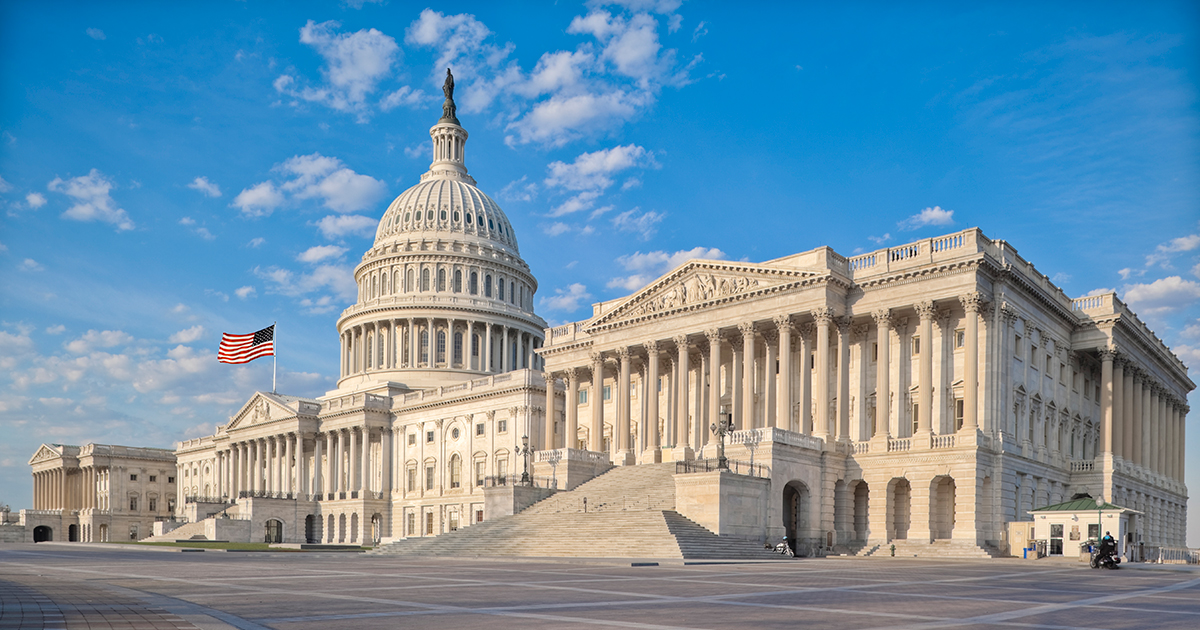The Individual Mandate is Gone. So Who’s Dropping Coverage?
 (c) Dwight Nadig
(c) Dwight Nadig
The summer solstice has come and gone. Now that we’re officially in the second half of 2018, it’s time to start speculating about healthcare trends for 2019. An important one that’s hard to call is the uninsured rate. The new tax law repealed the penalty for individuals not obtaining coverage beginning in 2019. So it seems a safe bet that the uninsured rate will rise – the question is, by how much.
This is a critical question for insurers setting rates for 2019, because of concerns that if people drop coverage, they will be healthier than those who choose to keep it. But it’s also an important issue for employer-sponsored plans, because when healthcare providers treat more people without insurance, the cost of uncompensated care generally gets passed to patients that do have coverage.
To recap, the uninsured rate dropped dramatically after the signing of the ACA in 2010, from 22.3% of all adults to 12.8%, meaning that over 19 million fewer working age adults were uninsured. The CDC tracks this data, and last month released a report showing that the uninsurance rate held steady between 2016 and 2017, despite the publicity surrounding attempts to repeal the ACA.
The CDC hasn’t released data for 2018 yet. But two smaller surveys taken earlier this year (by the Commonwealth Fund and Gallup) both found an increase in uninsured in 2018 (though only in states that didn’t expand Medicaid). The Commonwealth Fund’s report attributed the coverage declines both to specific weaknesses in the law and to actions by the Trump administration, including “deep cuts in advertising and outreach during the marketplace open-enrollment periods, a shorter open enrollment period, and other actions that collectively may have left people with a general sense of confusion about the status of the law.”
But the fact is that despite the shorter enrollment period and 90% less spent on ads, 2018 enrollments through the federal marketplace fell only slightly in 2018, from 9.2 million in 2017 to 8.8 million in 2018. The New York Times found that these numbers suggested a “surprising resilience of the health law, and its expansion of insurance coverage.” In other words, people who want health coverage badly enough – and most do -- will do what it takes to get it.
So how much impact will the repeal of the tax penalty have? When the Commonwealth survey asked adults whether they would drop coverage when the individual mandate tax penalty is repealed, 5% of those with employer insurance said they would. That’s not a big number, but even that seems high given that employer enrollments did not rise significantly when the mandate was put in place. It’s perhaps more concerning that 9% of those getting their insurance through the individual market said they intended to drop coverage – especially in light of reports of high premium increases for marketplace plans from insurers that are betting the repeal of the tax penalty will result in a worse risk pool. As this Politico article details, projected increases vary wildly by market – from decreases in Minnesota to rate hikes of over 50% in Maryland – but the overall average increase will likely reach the double digits at a time when most employer-sponsored plans are holding annual increases to 5% or less.
In the end, repealing the tax penalty may not have much impact on how motivated people are to obtain health coverage, but it may have a significant impact on its cost. The vast majority of people want health insurance. They just need to be able to afford it. Another reason that employer health plan sponsors need to keep the pressure on to address systemic problems in the US healthcare system that drive up cost for all.
Related products for purchase
Related Solutions
Related Insights
-
US health newsIf enrollment in your company’s HSA-eligible plan has stalled, try asking yourself Sander Domaszewicz’s eight questions about the value, positioning and…
-
US health news
Independent contractors “got a brand new (benefits) bag”
Rich Glass discusses a new benefits concept – Portable Benefits Accounts – enacted in two states this year and pending in a few others. -
US health news
Group auto and home insurance solutions merit exploration
Increasing weather disasters are contributing to rising home and auto premiums. Group benefits may unlock savings and build resilience for the future.









